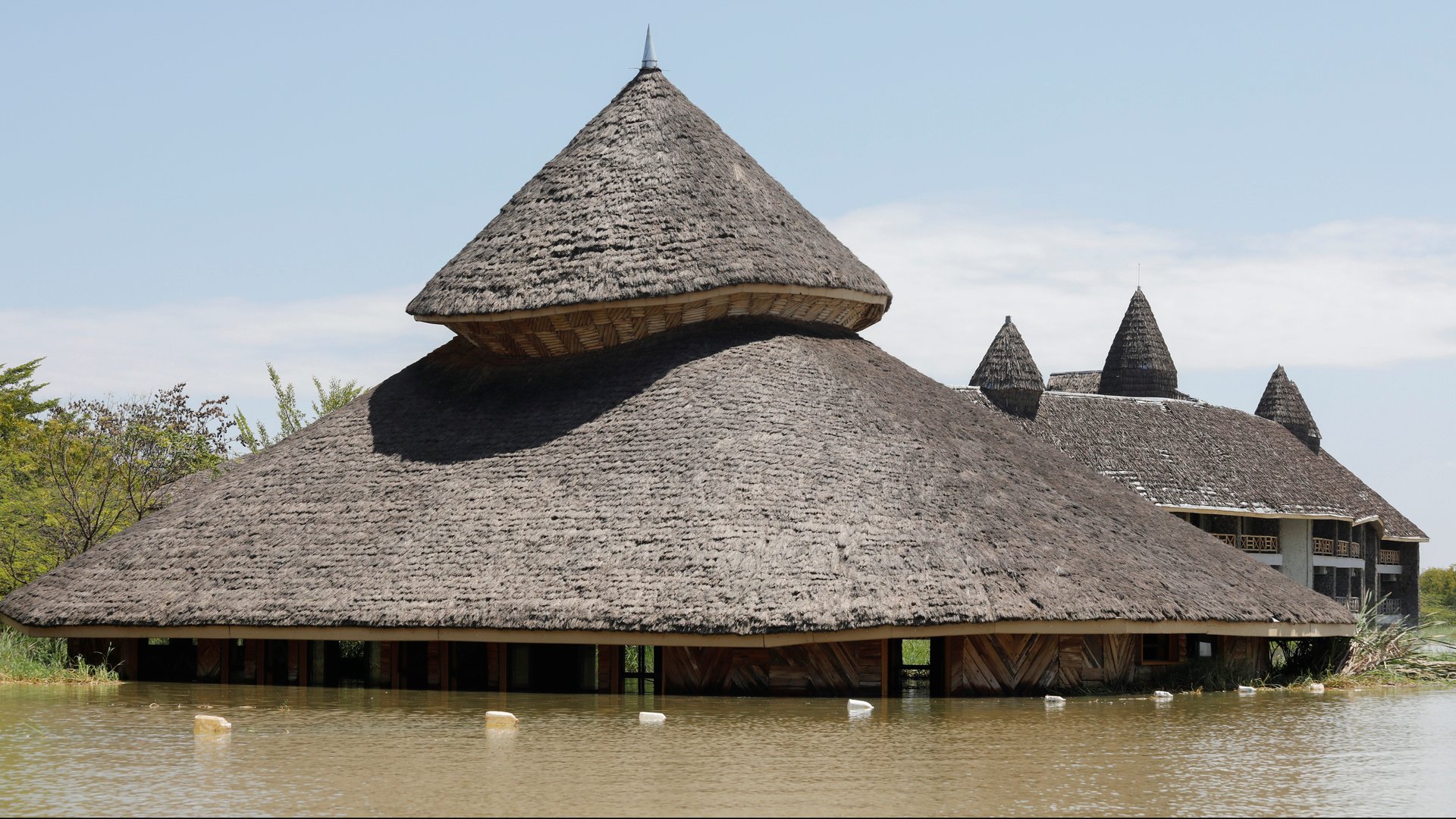Around the world, countries face different manifestations of climate and environmental stress, but the underlying challenge is the same—how to protect people, infrastructure, and ecosystems from rising waters.
Japan, sitting on the Pacific Ring of Fire, has faced tsunamis for centuries, but the 2011 disaster that killed more than 18,000 people was a turning point. In response, the country invested billions in both concrete and green defenses. Stretching across its coastline are massive seawalls, many above five meters high, designed to blunt the force of waves before they reach inland settlements.
Yet Japan has not relied on walls alone. Millions of trees have been planted along the coast to form natural barriers, capable of absorbing energy from waves, reducing erosion, and stabilizing shorelines. This dual strategy is about building resilience not just through engineering but also by working with nature.

Kenya faces a quieter but equally disruptive water crisis in the Rift Valley. Over the past decade, several lakes have expanded dramatically, swallowing land and livelihoods. Lake Baringo, for instance, doubled in size from 128 square kilometers to 268. Lake Nakuru grew from 40 to 68 square kilometers, and Lake Bogoria expanded by more than 25 percent.
These changes are not isolated. Communities have been displaced, schools and hospitals submerged, farmland lost, and key infrastructure destroyed. The swelling lakes have also triggered human-wildlife conflict as rising waters push animals into human settlements. Experts point to heavier rainfall, increased runoff due to deforestation, siltation from poor land use, and geological shifts in the Rift floor as drivers of the crisis.
The government has already projected that at least 18 billion shillings are needed to mitigate the damage, yet the figure may climb higher as rains intensify with climate change.
Japan’s experience offers important lessons. The first is that single solutions rarely suffice. Kenya cannot rely only on relocating affected families or building isolated dykes. Instead, a layered defense combining infrastructure and ecological measures is likely to be more effective.
Embankments and levees could protect vulnerable settlements, while tree planting and wetland restoration around the lakeshores would reduce the inflow of water and sediment. Such vegetation buffers, much like Japan’s coastal forests, would slow runoff during heavy rains, stabilize soils, and give floodwaters more room to spread safely before reaching human settlements.
The benefits extend beyond immediate flood control. Large-scale tree planting would sequester carbon, improve biodiversity, and restore degraded landscapes. Healthy wetlands and riparian forests could also serve as breeding grounds for fish and habitats for birds, securing livelihoods in the long term.

Moreover, green buffers are often cheaper to maintain compared to concrete walls, which require ongoing repairs. By adopting hybrid strategies, Kenya could simultaneously address ecological restoration, disaster risk reduction, and climate adaptation.
Of course, challenges remain. Unlike Japan’s coastlines, Rift Valley lakes sit within vast and complex catchments. Planting millions of trees requires not just funding but also land and community cooperation. Trees take years to mature before offering significant hydrological benefits, while embankments demand technical expertise and heavy investment.
There is also the complication of underground geological shifts, which no surface intervention can fully address. Yet these obstacles should not be reasons for inaction. The cost of doing nothing is already visible—families displaced from ancestral homes, farmland permanently submerged, and health risks rising as stagnant water spreads disease.
Kenya’s Rift Valley crisis is a stark reminder that climate change does not only bring dramatic events like tsunamis and hurricanes. Sometimes it manifests slowly, through rising waters that silently consume land.
Japan’s example shows that resilience lies in both technology and ecology. By investing in a dual approach—engineered defenses combined with tree buffers and restored wetlands—Kenya can adapt a model that has proven effective elsewhere, tailored to its inland context.
The swelling of Rift Valley lakes is not likely to reverse, but with foresight and investment, its impacts can be managed, and vulnerable communities can be protected.
Sources: Nation Africa, Kenyanews.go.ke, Sciencedaily.com, Gec.org.my, Mdpi.com




